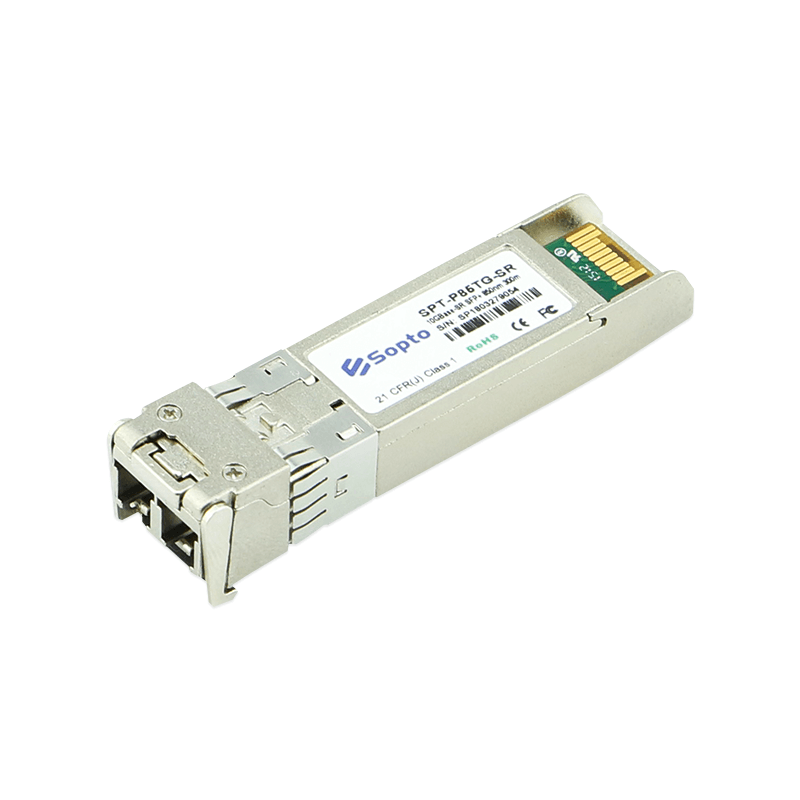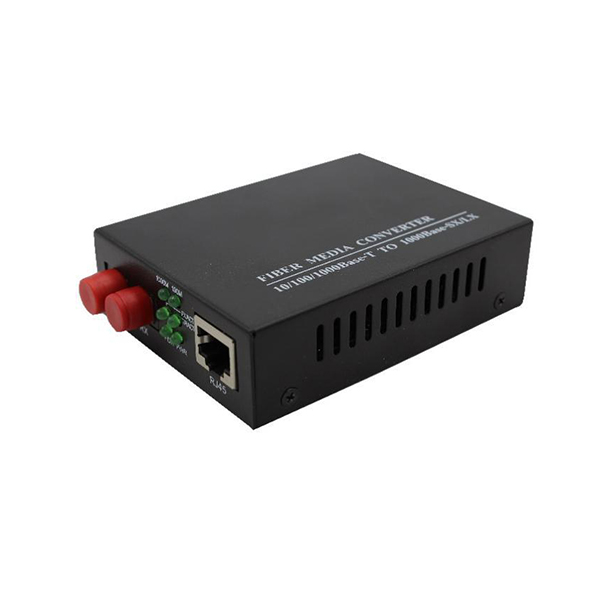Fiber optical media converters and optical fiber modules are devices that perform photoelectric conversion. What is the difference between them? Fiber optical media converters and optical modules are used in many optical fiber transmission projects. Through the flexible combination of Fiber optical media converters and optical modules, diversified network structures can be constructed. How to connect them and what should we pay attention to?
The fiber optical module, is an optoelectronic device that performs photoelectric and electro-optical conversion, and is an important device in an optical fiber communication system. The carrier mainly used for the transmission between the switch and the device has the same principle as the fiber media converters, except that the fiber optical module is more efficient and safer than the fiber media converter. These hot-swappable fiber optical modules play an important role in network data transmission. Fiber optical modules are classified according to the form of packaging. The common ones are SFP, SFP+, XFP, SFP28, QSFP+, QSFP28, etc.

The fiber media converter, is an Ethernet transmission media conversion unit that exchanges short-distance twisted-pair electrical signals and long-distance optical signals. It is also called a photoelectric converter (Fiber Media Converter) in many places. Fiber media converter can easily integrate copper cable-based wiring systems into fiber optic wiring systems, with strong flexibility and high cost performance. Under normal circumstances, they can convert electrical signals into optical signals (and vice versa) to extend the transmission distance. Products are generally used in actual network environments where Ethernet cables cannot be covered and optical fibers must be used to extend the transmission distance, and are usually positioned in the access layer application of broadband metropolitan area networks.Fiber media converter provide a cheap solution for users who need to upgrade their systems from copper wire to fiber optics, but lack capital, manpower or time.

The difference between fiber optical module and fiber media converter
1. Active and passive, fiber optical module is a functional module, which is an accessory and cannot be used alone. It can only be used in switches and devices with fiber optical module slots; while the fiber media converter is a functional device and is a separate active device. It can be used alone when plugged in.
2. Upgrade configuration, fiber optical module supports hot-swappable, and the configuration is relatively flexible. the fiber media converter is of a fixed specification, and it is difficult to replace and upgrade.
3. Price, fiber media converter is cheaper than fiber optical module, relatively economical and applicable, but also consider the power adapter, light status, network cable status and other factors, the transmission loss accounts for about 30%.
4. Application, fiber optical modules are mainly used in optical network communication equipment, such as the optical interface of convergence switches, core routers, DSLAM, OLT and other equipment, such as computer video, data communication, wireless voice communication and other optical fiber network backbone networks. Fiber media converters are used in actual network environments where Ethernet cables cannot be covered and optical fibers must be used to extend the transmission distance, and are usually the access layer applications of broadband metropolitan area networks.
What should we pay attention to when connecting fiber optical modules and fiber media converter?
1. The rate of the fiber optical module and the fiber media converter must be the same.
2. The wavelength and the transmission distance must be consistent, for example, the wavelength is 1310nm or 850nm at the same time, and the transmission distance is 10km.
3. The light type must be the same, single fiber to single fiber, dual fiber to dual fiber.
4. The fiber patch cord or fiber pigtail must be the same interface to be able to connect.